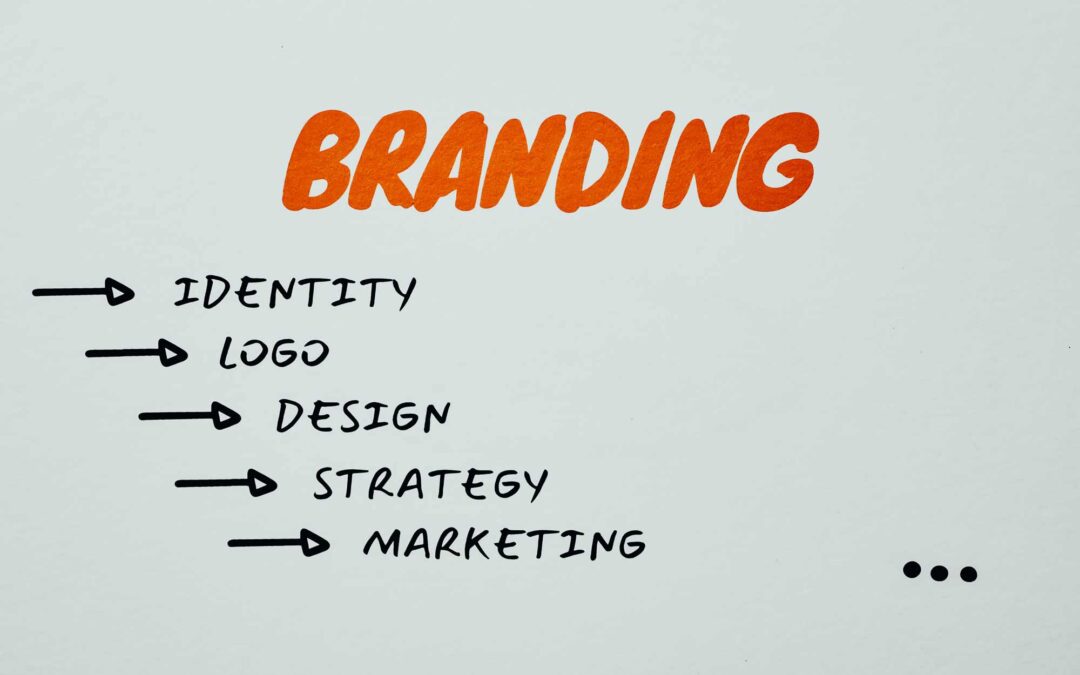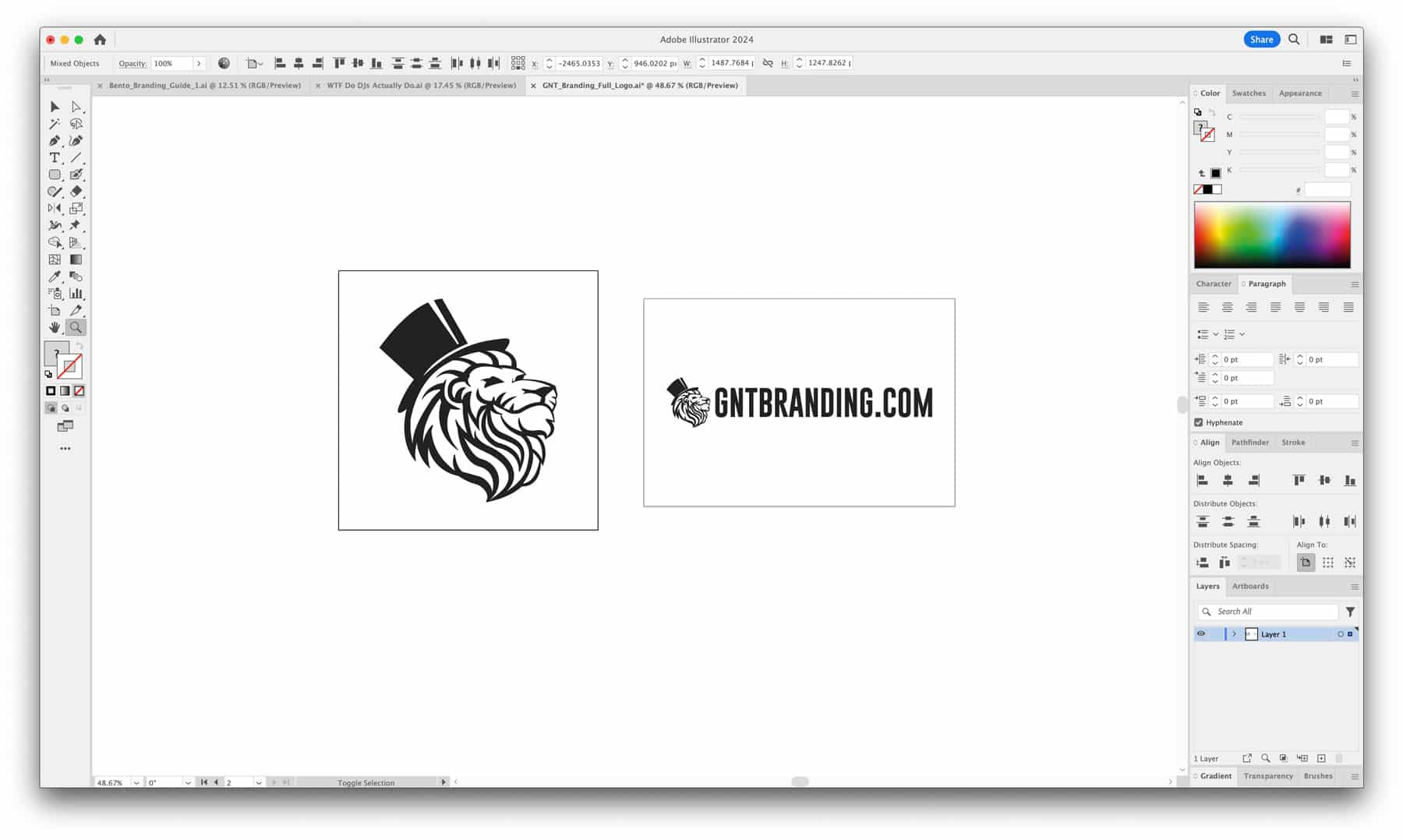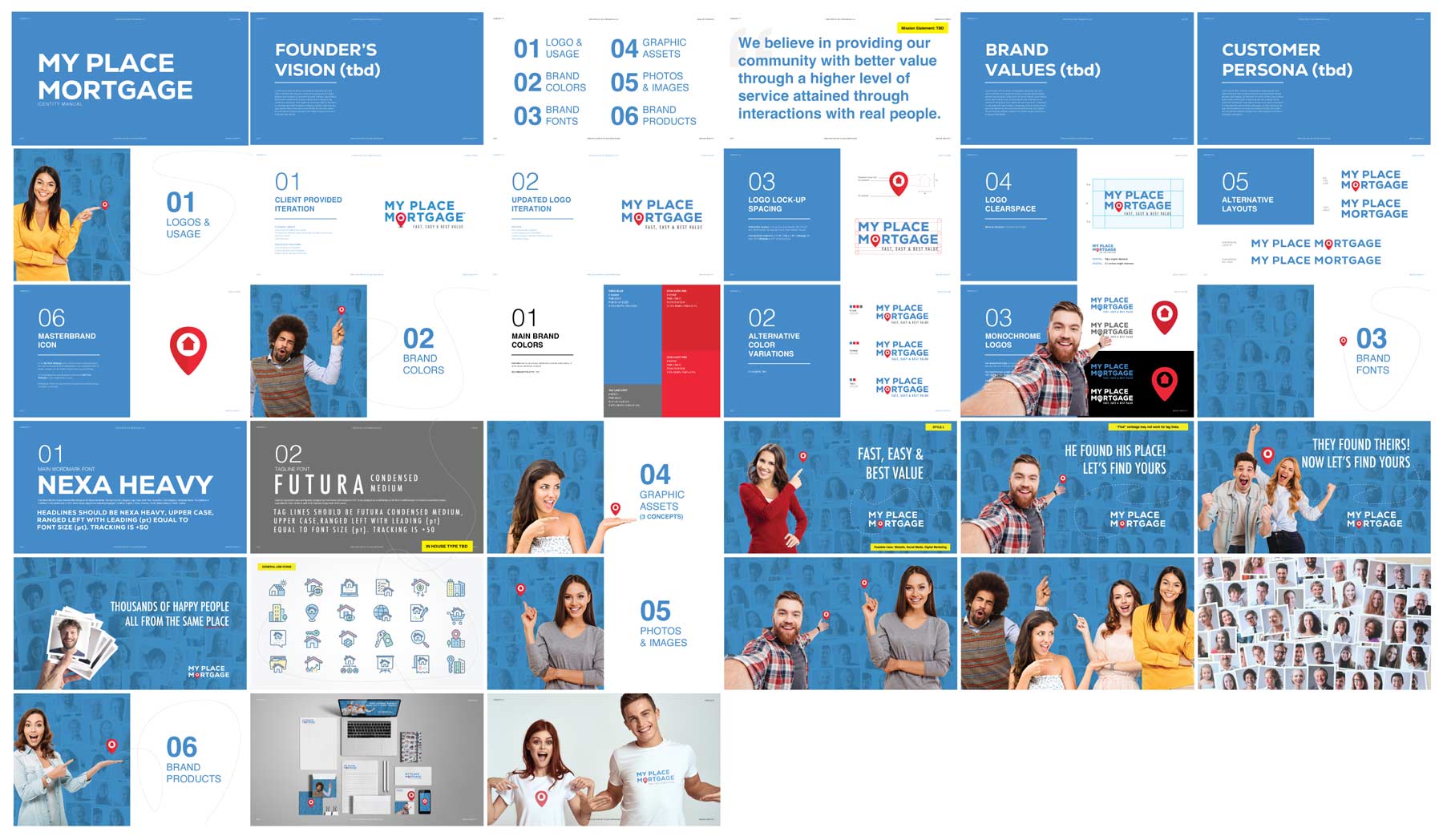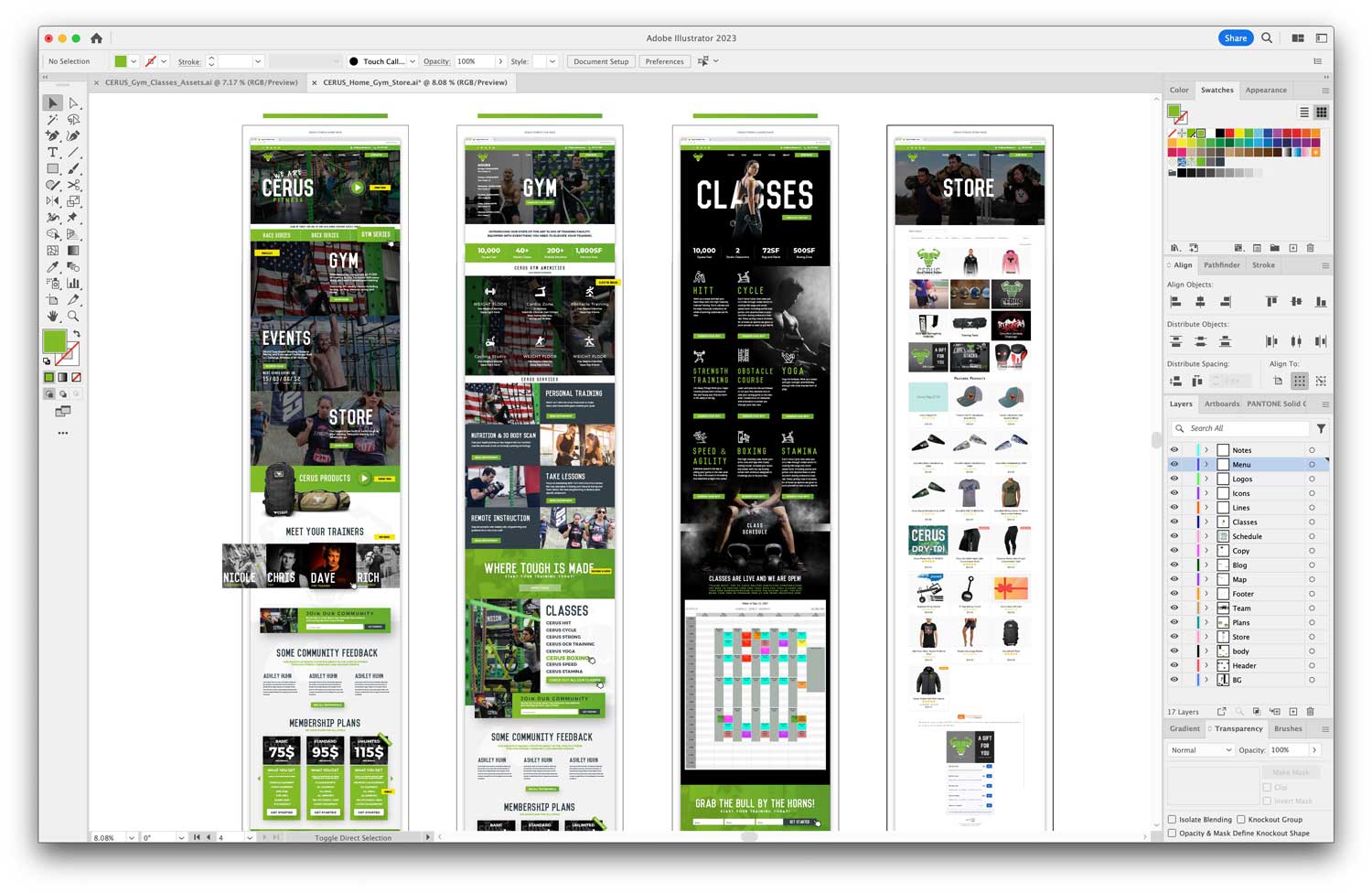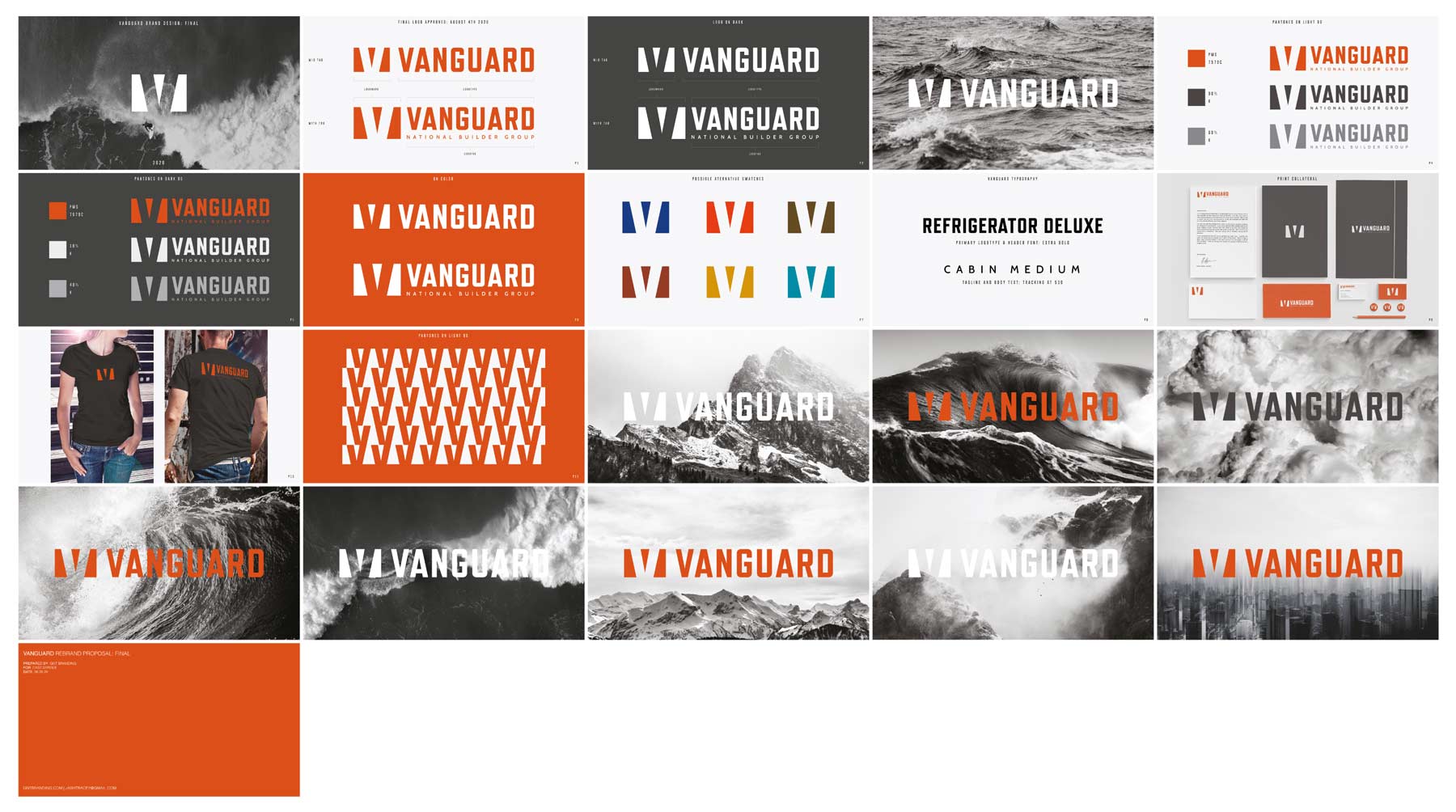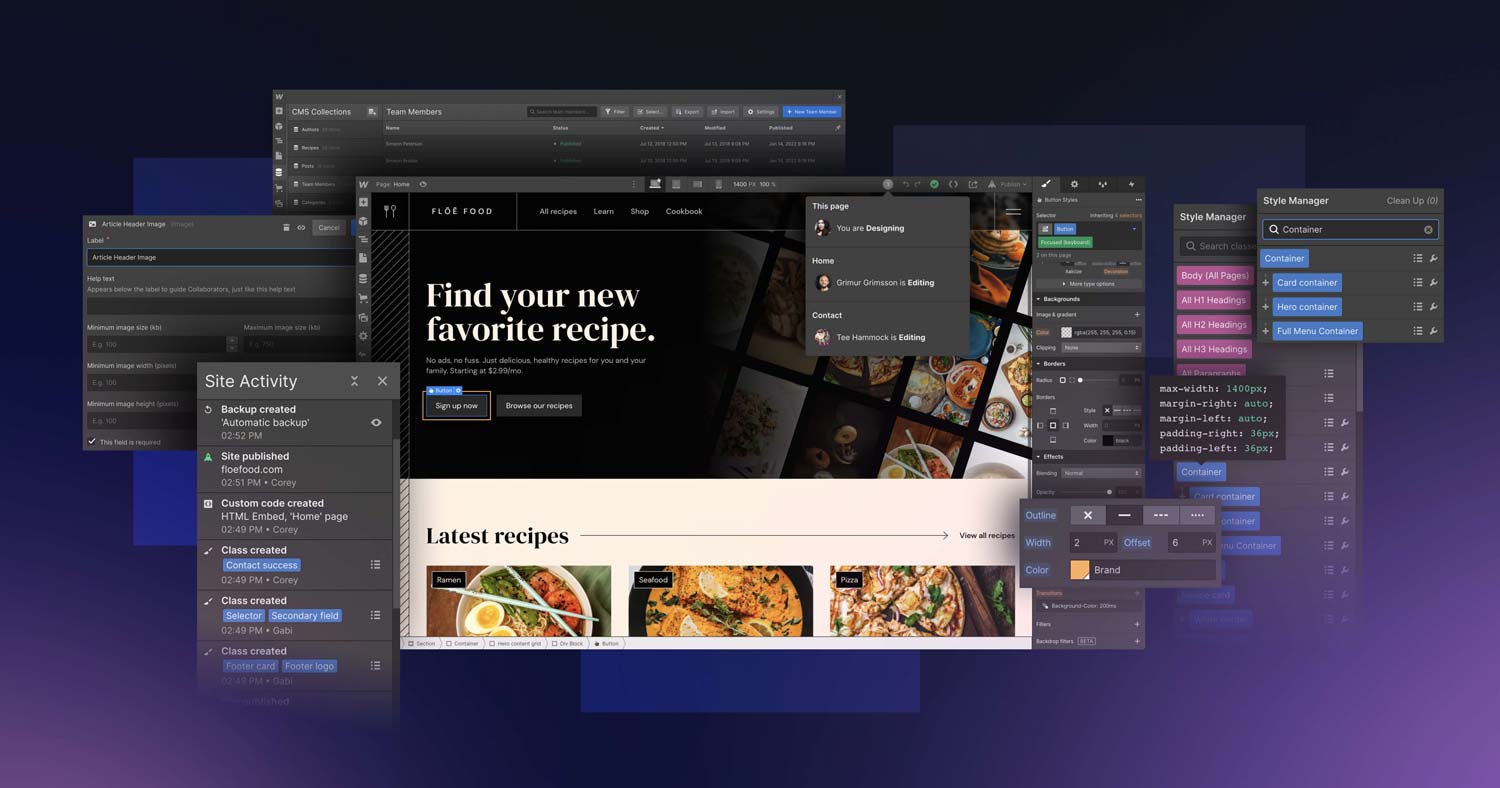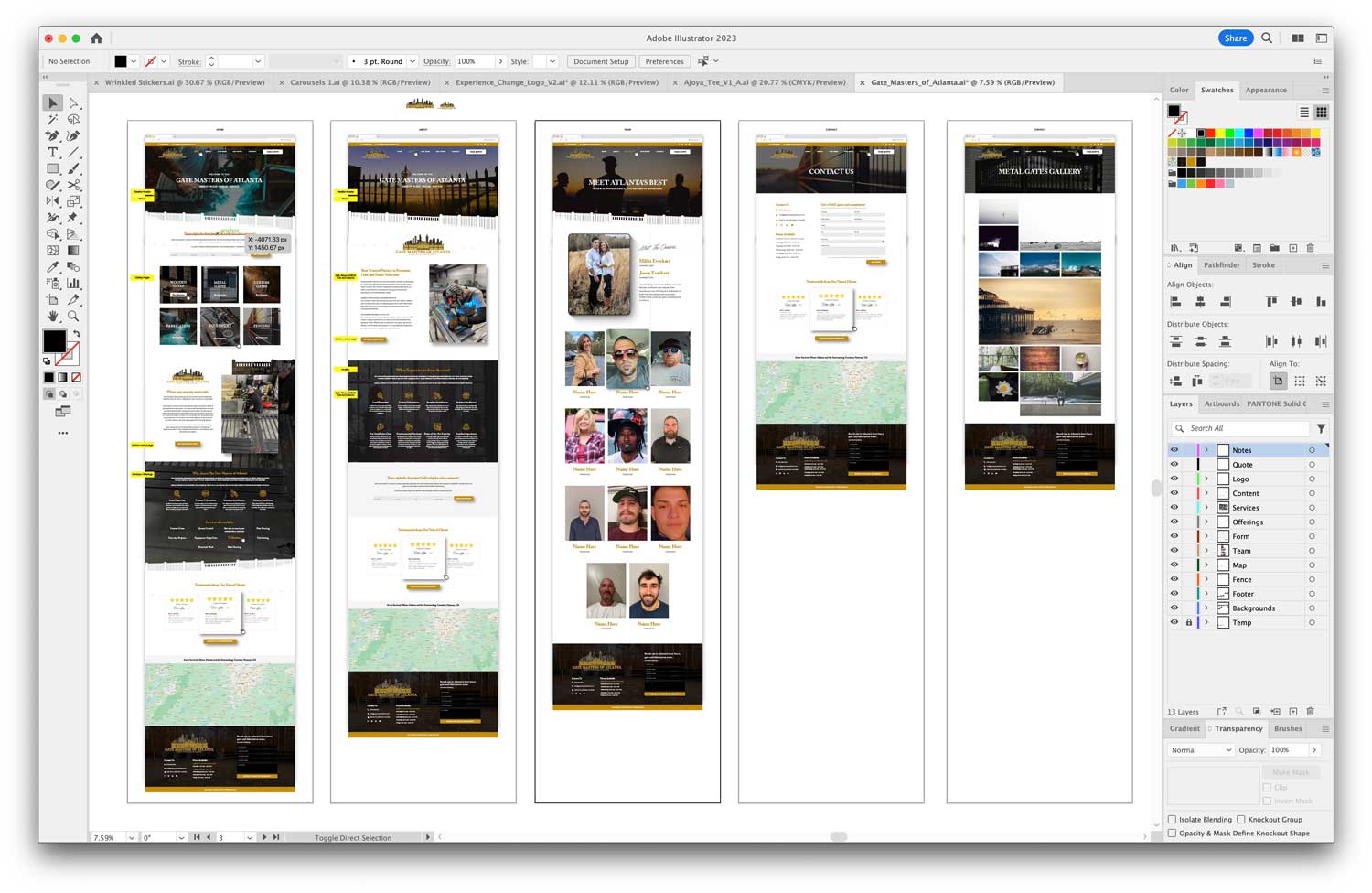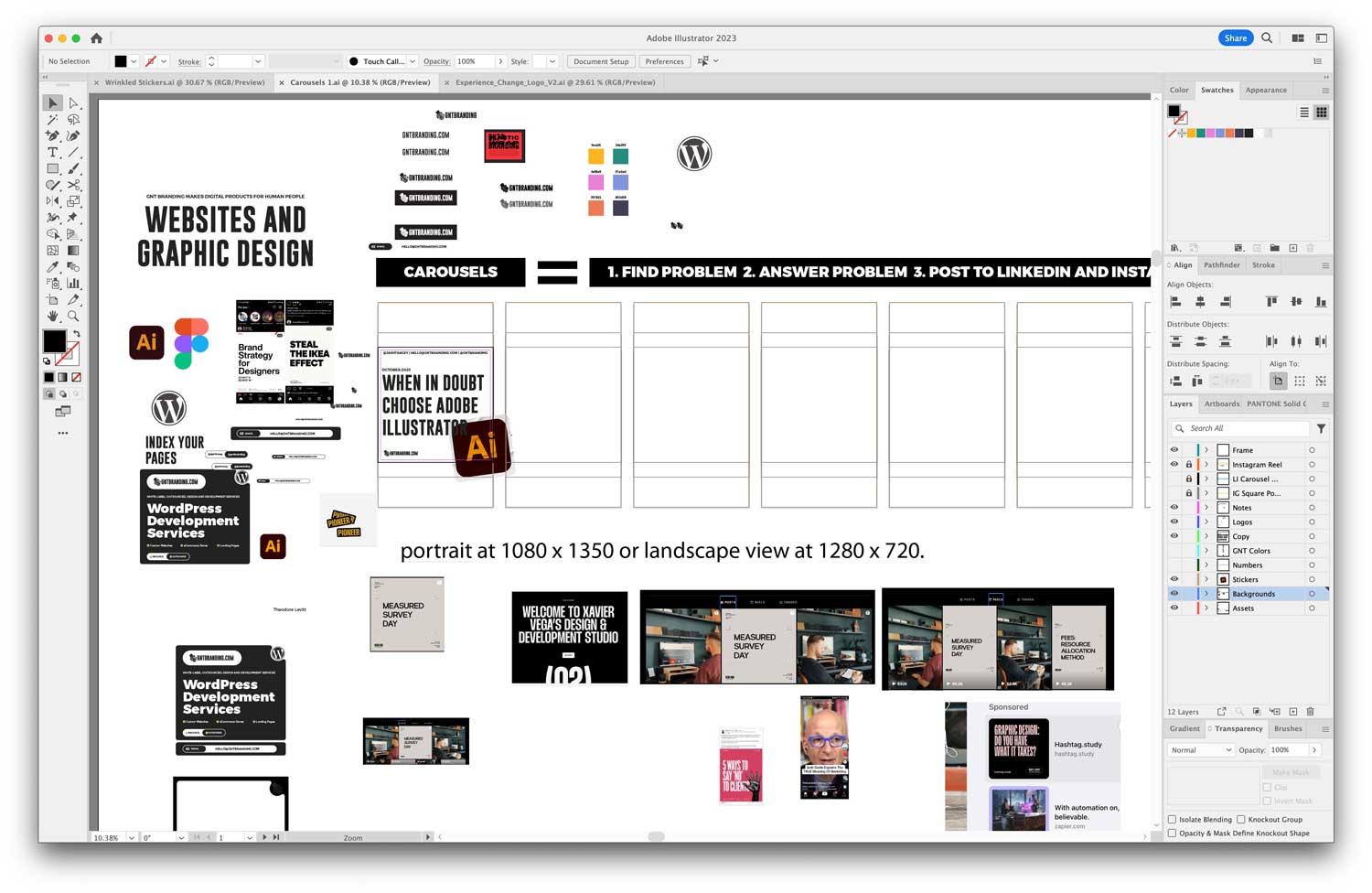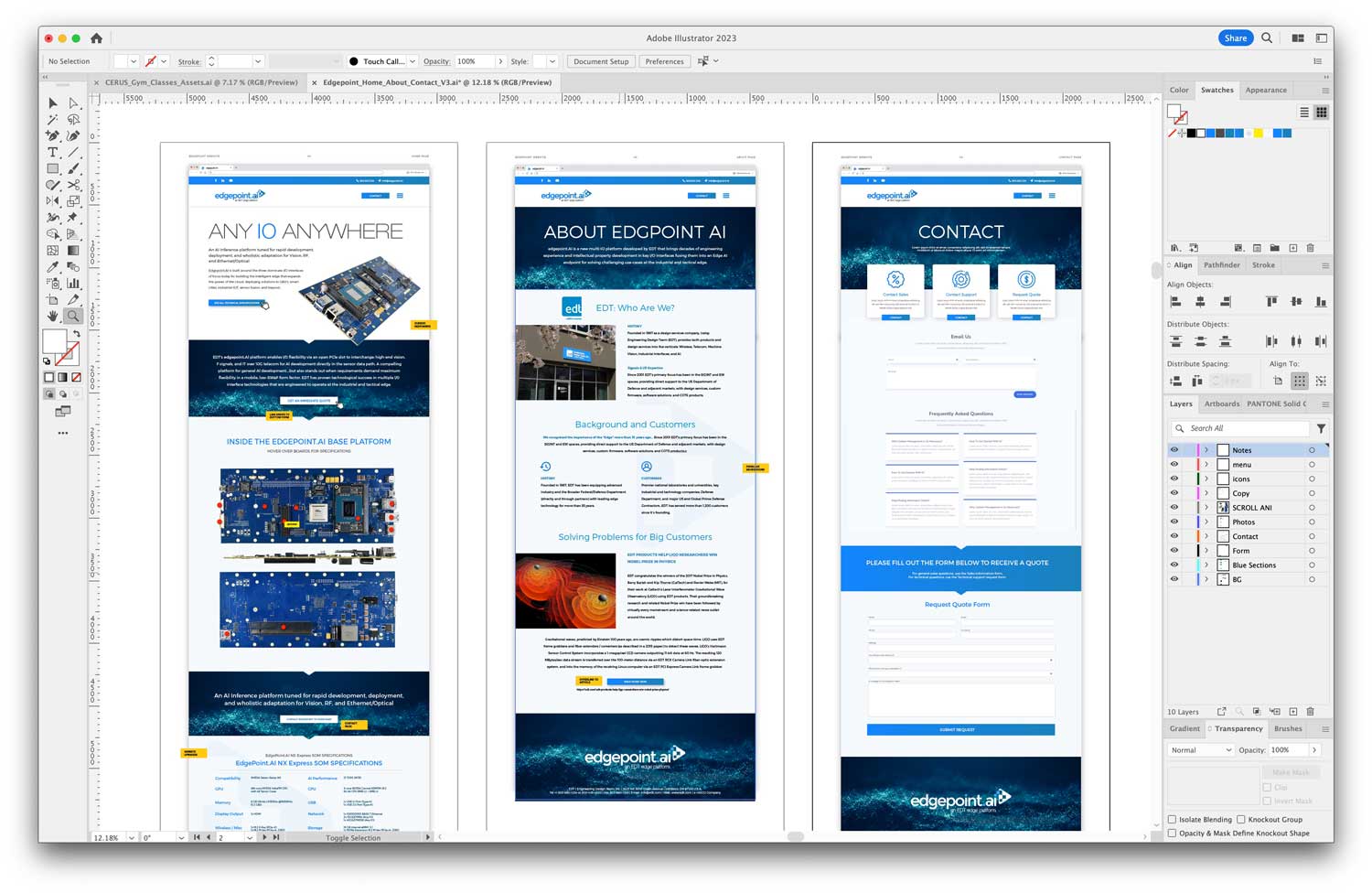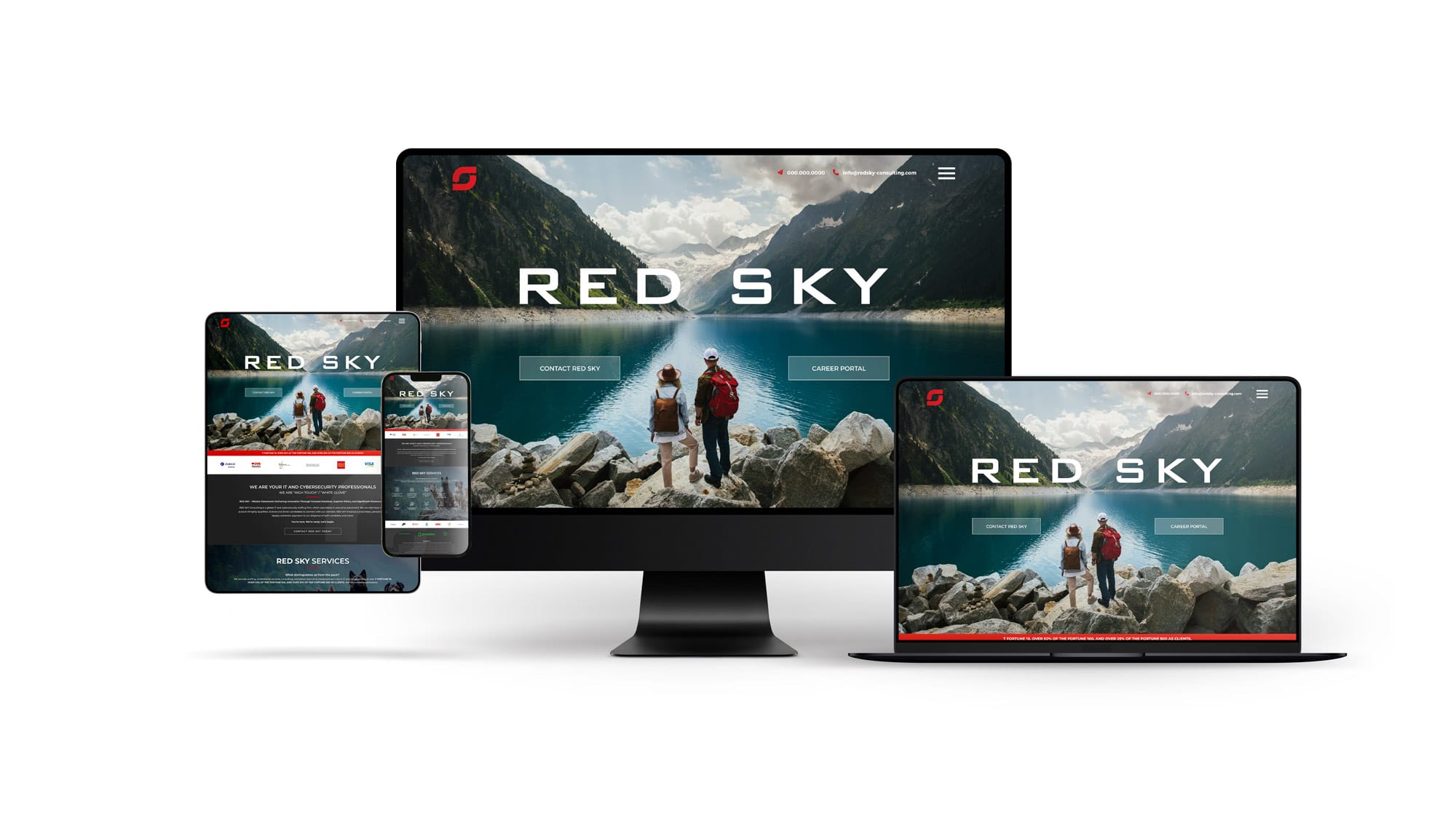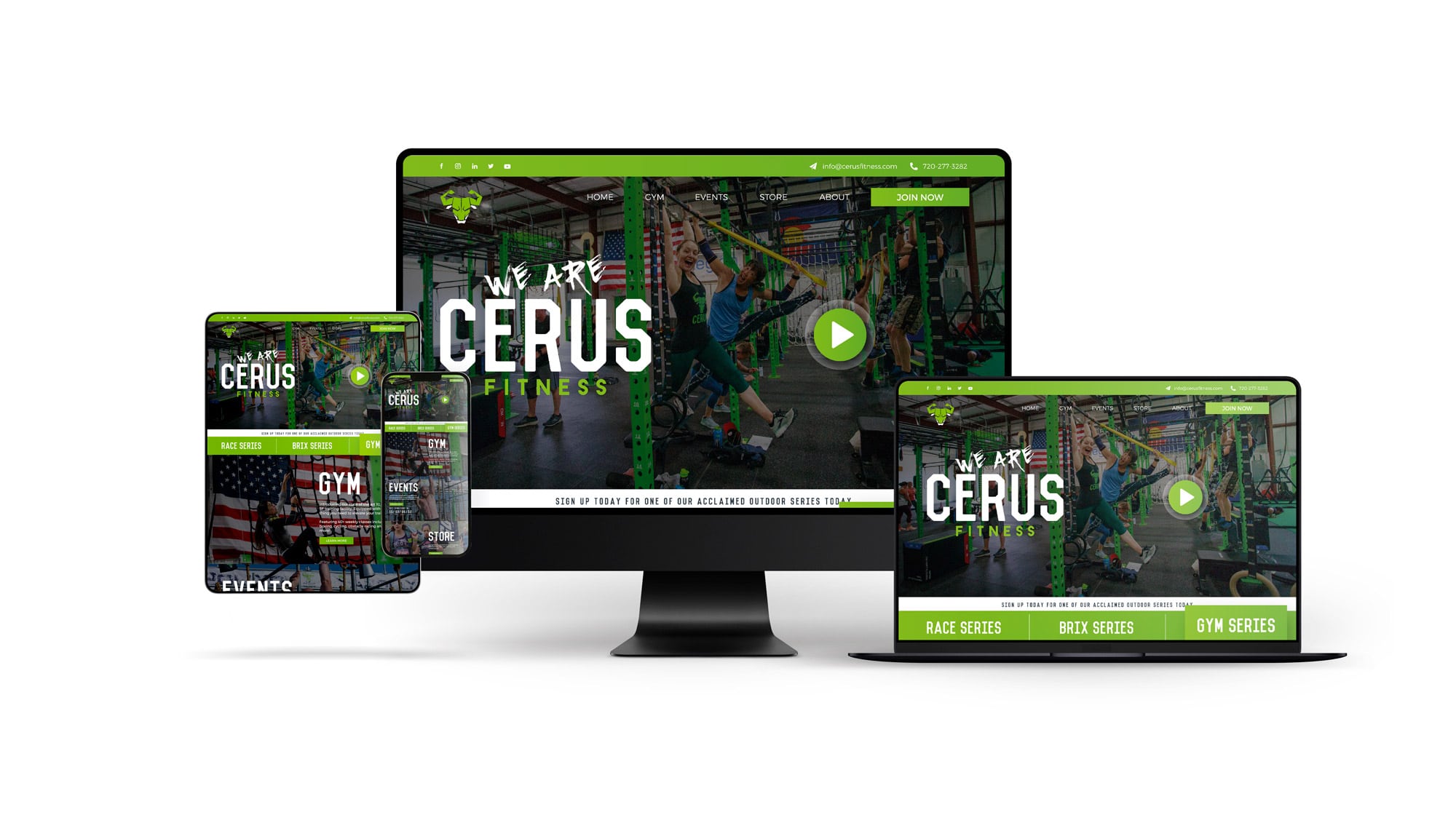
Branding Trends to Look For in 2024: A Comprehensive Guide
|
Section 1: Branding Trends to Look For in 2024: A Comprehensive Guide
Section 2: The Digital Transformation in Branding
Section 3: Evolving Aesthetics in Brand Design
|
Section 4: Brand Flexibility and Adaptability in 2024
Section 5: Future-Forward Strategies for Brand Success in 2024
|
The branding landscape is constantly evolving, adapting to the latest technological advancements, cultural shifts, and consumer preferences. As we approach 2024, it’s crucial for businesses, designers, and marketers to stay ahead of the curve. In this comprehensive guide, we’ll dive into the most anticipated branding trends for 2024, exploring how they can reshape your brand’s identity and strategy.
Section 1: Embracing Authenticity and Transparency
The Rise of Authentic Brand Narratives
In 2024, authenticity will continue to reign supreme in the world of branding. Consumers are increasingly drawn to brands that showcase genuine, unfiltered narratives. This shift towards authenticity isn’t just about being relatable; it’s about building trust and forming deeper connections with your audience. Authentic brand narratives resonate more with consumers, fostering loyalty and driving engagement.
Transparency as a Brand Value
Transparency is no longer a choice but a necessity for brands aiming to thrive in 2024. Customers demand to know more about the products they purchase and the companies they support. From ethical sourcing to environmental impact, brands that openly share their processes and values will stand out. This level of transparency not only attracts conscious consumers but also sets a standard for corporate responsibility.
Personalization: The Key to Consumer Hearts
Personalization has been a buzzword for a while, but in 2024, it will become a cornerstone of branding strategies. Brands that leverage data and AI to offer personalized experiences will see a significant boost in consumer engagement and loyalty. Personalization isn’t just about product recommendations; it’s about creating unique experiences that make each customer feel valued and understood.
The Impact of User-Generated Content
User-generated content (UGC) will continue to be a powerful tool for brands in 2024. UGC, such as customer reviews, photos, and stories, provides authenticity and builds community around a brand. Encouraging and sharing UGC not only enhances brand credibility but also creates a sense of belonging among consumers.
Going Beyond Greenwashing
Sustainability will move beyond mere marketing tactics to become a core component of brand identity. In 2024, savvy consumers will easily see through greenwashing efforts. Brands that genuinely commit to sustainable practices, from production to packaging, will earn respect and loyalty from environmentally conscious consumers.
Stay tuned for the next section where we’ll delve into the role of technology in branding for 2024, including the latest in digital experiences and AI-driven design. Understanding and embracing these trends will not only prepare your brand for the future but also give you a competitive edge in a rapidly changing market.
Section 3: Evolving Aesthetics in Brand Design
The New Era of Color Psychology
2024 will witness a transformative approach to color in branding. The psychology behind color choices will become more sophisticated, with brands utilizing palettes that not only align with their identity but also evoke the desired emotional response from their audience. Expect to see bold and unconventional color combinations that break the norms, aimed at making brands stand out and resonate on a deeper emotional level.
Minimalism with a Twist
Minimalism has been a long-standing trend in brand design, but in 2024, it will evolve with an added twist. Brands will blend minimalistic layouts with bold, unexpected elements to create a unique visual impact. This approach balances simplicity and creativity, ensuring clarity in messaging while maintaining an engaging and memorable brand presence.
Typography as a Brand Statement
The power of typography in branding will be more prominent in 2024. Expect to see a rise in custom fonts designed to reflect a brand’s personality and ethos. Typography won’t just be about readability; it will play a key role in conveying the brand’s character, making each word part of a compelling visual story.
The Blend of Vintage and Modern
A unique trend emerging in 2024 will be the blend of vintage and modern design elements. This retro-futuristic approach gives brands a nostalgic yet contemporary feel, appealing to a broad audience range. It’s a way for brands to pay homage to their heritage while staying relevant in the modern marketplace.
Embracing Organic and Natural Design Elements
As sustainability continues to be a significant concern, organic and natural design elements will become more prevalent in brand aesthetics. This includes the use of earthy tones, nature-inspired textures, and environmentally friendly materials in packaging. Such design choices not only reinforce a brand’s commitment to sustainability but also resonate with eco-conscious consumers.
The next section will explore the importance of brand flexibility and adaptability in 2024. In an ever-changing market, the ability to evolve and respond to emerging trends and consumer needs is key to maintaining a strong and relevant brand presence.
Section 4: Brand Flexibility and Adaptability in 2024
The Importance of Agile Branding
In the fast-paced world of 2024, agility in branding is not just advantageous; it’s essential. Brands must be capable of quickly adapting to market changes, consumer behaviors, and emerging trends. Agile branding involves a flexible approach to marketing strategies and brand messaging, allowing businesses to pivot easily in response to the ever-evolving landscape.
Dynamic Branding: A New Norm
Dynamic branding will be a hallmark of successful brands in 2024. This concept involves creating a visual identity that can evolve over time or in different contexts. Dynamic branding allows for variation in colors, patterns, and even logos, depending on the platform or audience, offering a fresh and engaging experience every time a consumer interacts with the brand.
The Role of Consumer Feedback in Brand Evolution
Consumer feedback will play a pivotal role in shaping brands in 2024. In an era of social media and instant communication, listening to and incorporating customer feedback is vital for brand growth and adaptation. Brands that are attentive to their audience’s needs and preferences and adjust accordingly will build stronger, more loyal customer bases.
Collaboration and Co-Creation with Customers
2024 will see an increase in brands collaborating with their customers for co-creation. This approach not only fosters a strong community around the brand but also leads to products and services that are more closely aligned with consumer desires. Brands that engage their audience in the creation process will benefit from enhanced innovation and deeper customer relationships.
The Integration of Offline and Online Branding
As the digital world continues to grow, the integration of offline and online branding will be more critical than ever. In 2024, successful brands will deliver a consistent and seamless experience across all channels. This omnichannel approach ensures that the brand’s message and identity are coherent, whether the customer is shopping online, browsing social media, or visiting a physical store.
In the final section of our guide, we will delve into the future-forward strategies for brand success in 2024. Understanding and anticipating the next wave of branding innovations will be crucial for businesses looking to stay ahead in a competitive and ever-changing marketplace.
Section 5: Future-Forward Strategies for Brand Success in 2024
Embracing Data-Driven Decision Making
In 2024, successful branding will heavily rely on data-driven strategies. Brands will need to harness the power of big data analytics to gain insights into consumer behavior, preferences, and trends. This approach allows for more targeted and effective marketing strategies, ensuring that brands stay relevant and appealing to their audience.
The Rising Influence of Voice Search and AI Assistants
Voice search and AI assistants are set to play a significant role in branding strategies in 2024. With the increasing use of smart speakers and voice-activated devices, brands must optimize their content for voice search. This involves using natural language, question-based queries, and locally relevant information to improve visibility and accessibility via voice search platforms.
The Importance of Brand Purpose and Social Responsibility
In 2024, a brand’s purpose and social responsibility efforts will be more than just a marketing tactic; they will be integral to the brand’s identity. Consumers will gravitate towards brands that align with their values and contribute positively to social and environmental causes. Brands that communicate their purpose authentically and take tangible steps towards social responsibility will build deeper connections with their audience.
Leveraging Emerging Technologies for Brand Innovation
To stay ahead in 2024, brands must keep abreast of emerging technologies and find innovative ways to incorporate them into their branding strategies. From blockchain for transparency and security to 5G for enhanced digital experiences, embracing technological advancements will be key to staying competitive and relevant in the market.
Building a Community Around the Brand
Finally, in 2024, successful branding will be about building a community, not just a customer base. Brands that create a sense of community and belonging around their products or services will enjoy greater loyalty and advocacy from their customers. This involves engaging with consumers on a personal level, creating shared experiences, and fostering a sense of belonging through brand-initiated platforms and events.
In conclusion, the branding landscape in 2024 will be dynamic, driven by authenticity, technological advancements, and a deep understanding of consumer needs. Brands that adapt to these changes, embrace innovation, and maintain a strong, purpose-driven identity will thrive in this exciting future. As we navigate these trends, the key will be to stay flexible, responsive, and committed to delivering value and relevance to your audience.




